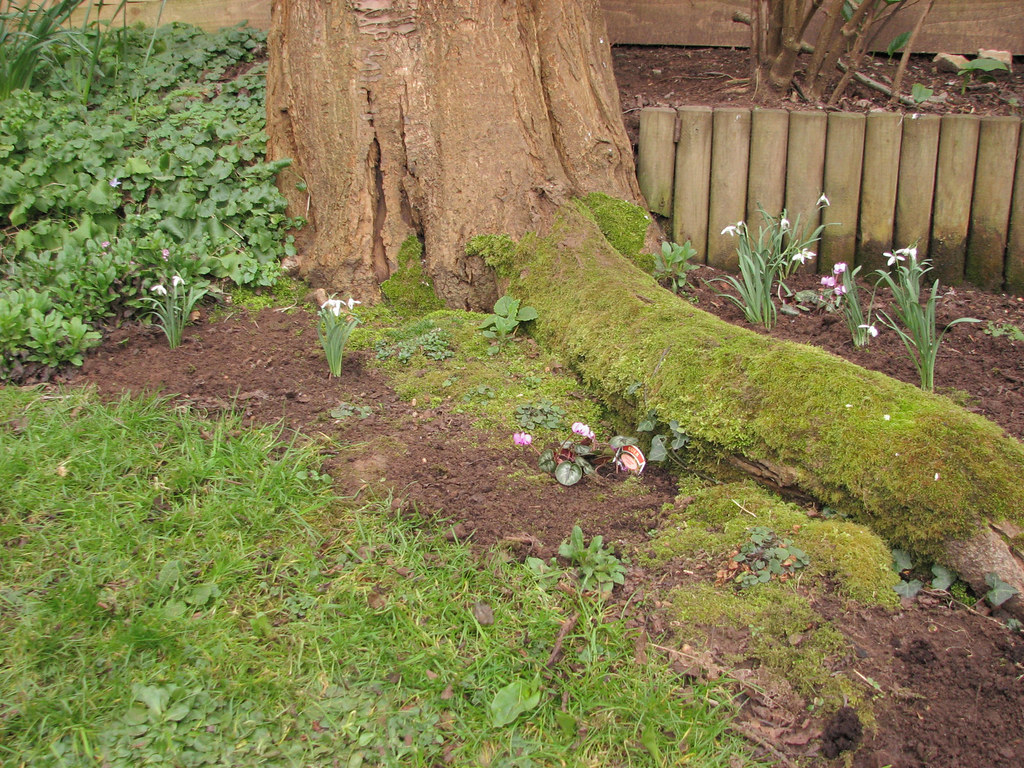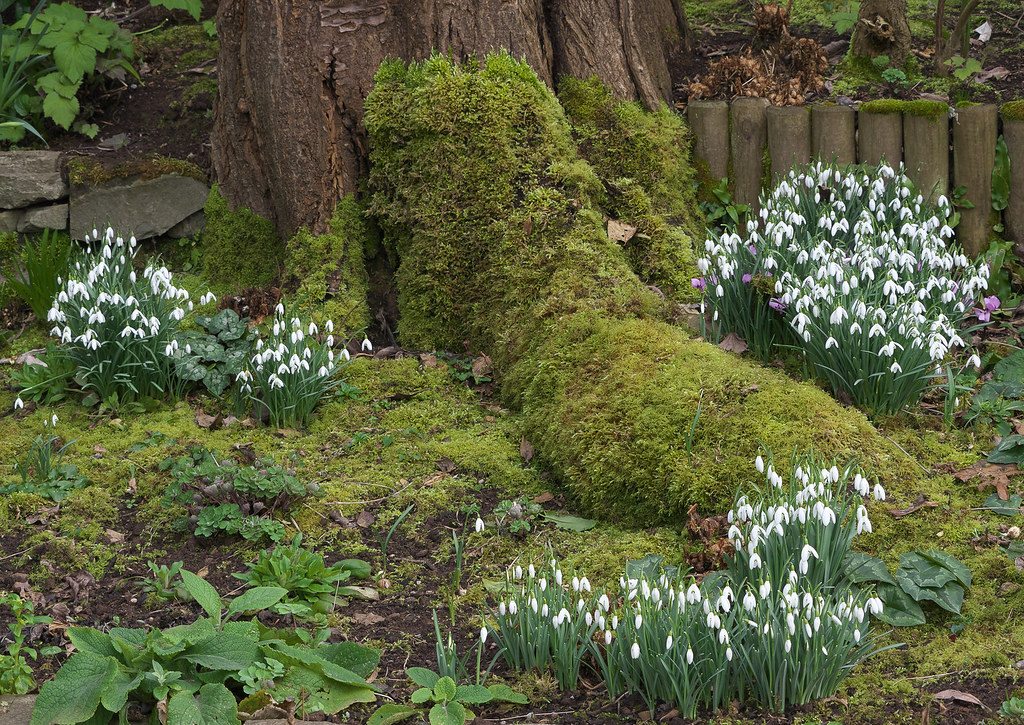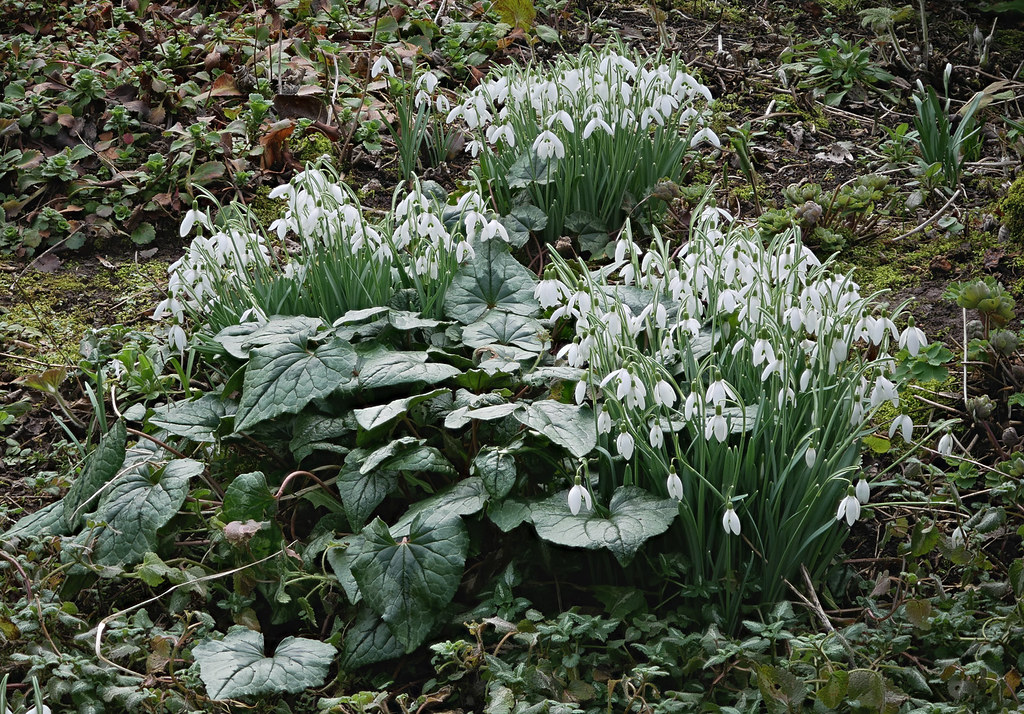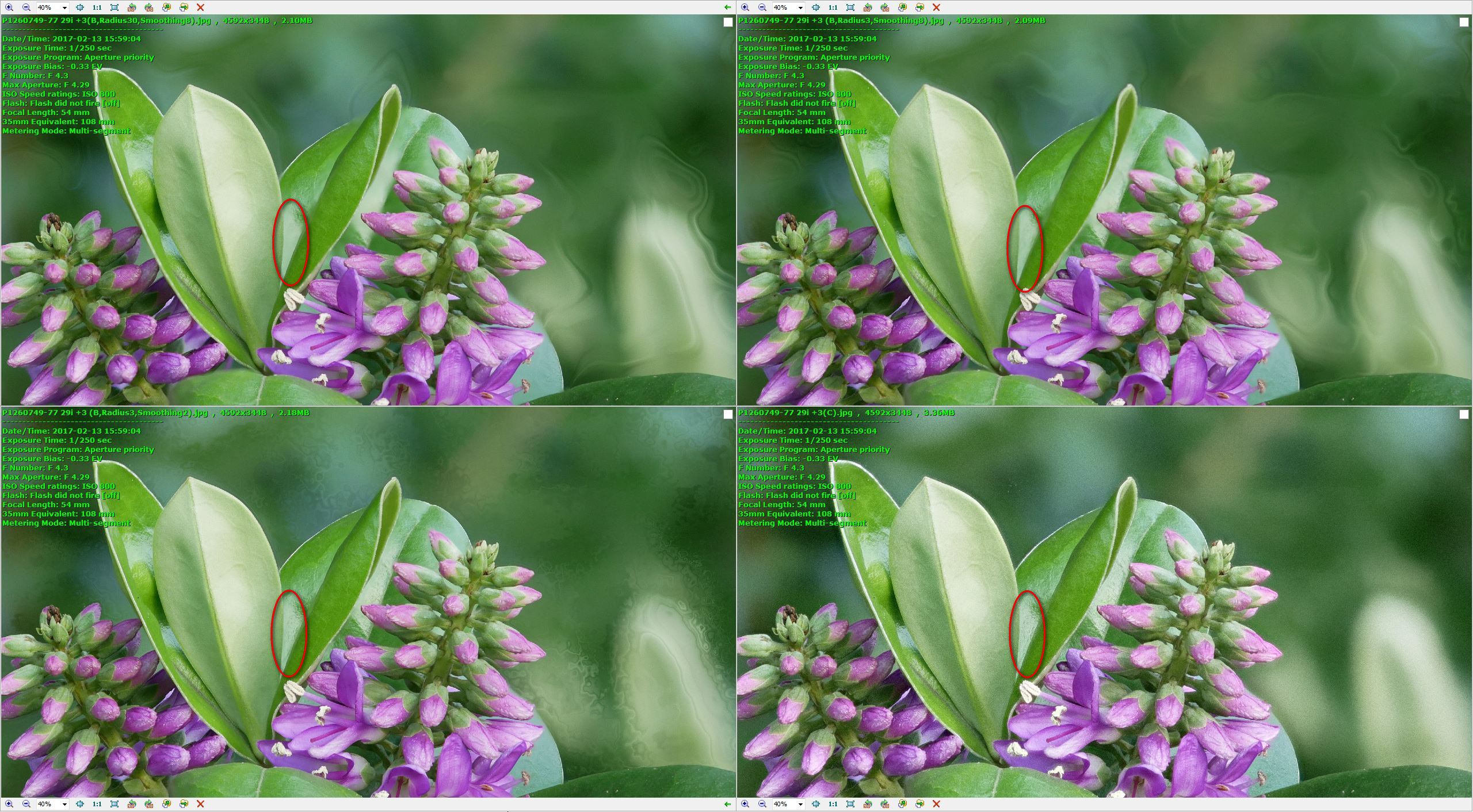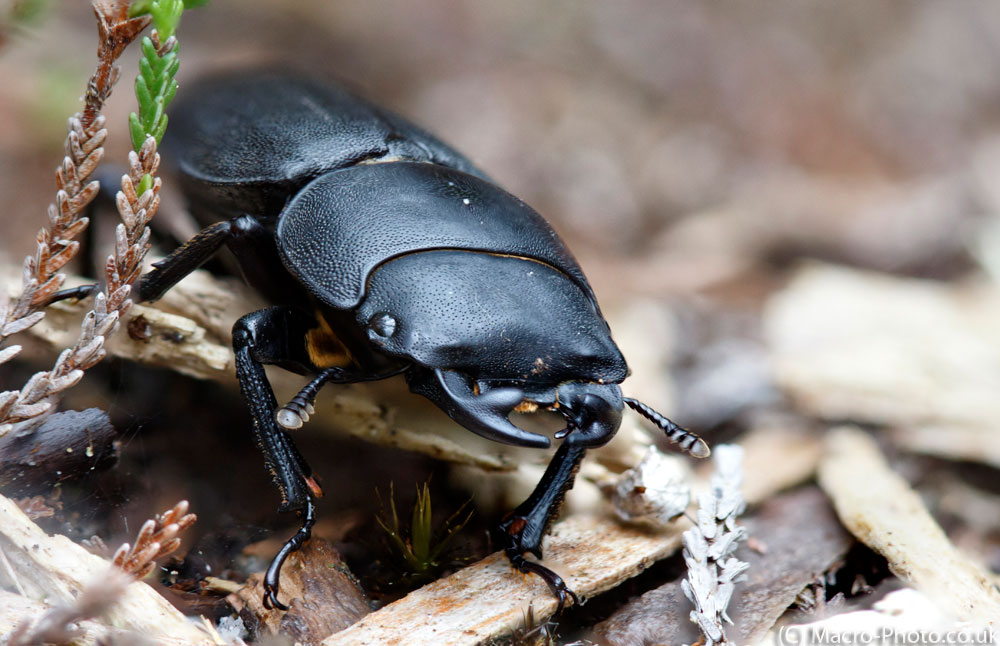GardenersHelper
In Memoriam
- Messages
- 6,344
- Name
- Nick
- Edit My Images
- Yes
These were all captured hand-held using natural light in the past week, apart from the last one, which was a couple of weeks ago. The first seven were captured with a 45-175 lens my G80, the last one with my G5, using the same lens.
The flowers were not perfect, because of the weather, but I think it's nice to see some flowers anyway. The first four are (different) camellias. The last three are (two different) hellebores.
#1 Single shot, ISO 800, f/10, 1/320 sec, processed in Silkypix and Lightroom.
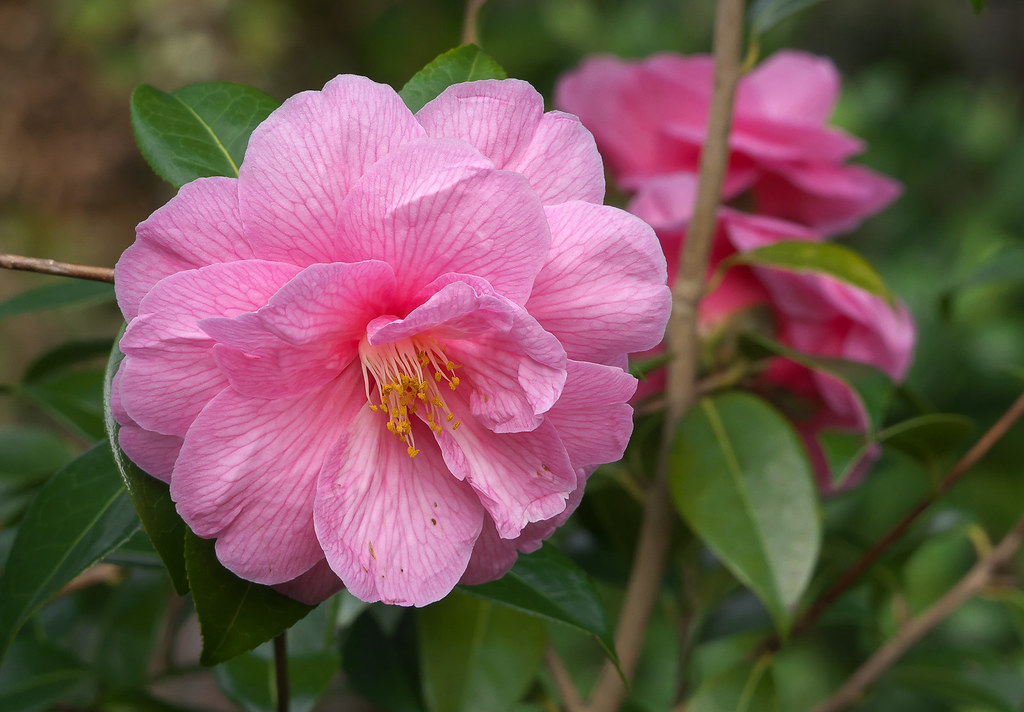
1124 01 2017_02_17 P1280780 SP7 LR6 1300h by gardenersassistant, on Flickr
#2 Two shots, ISO 800, f/5.6, 1/125 and 1/250 sec, HDR merged in Lightroom
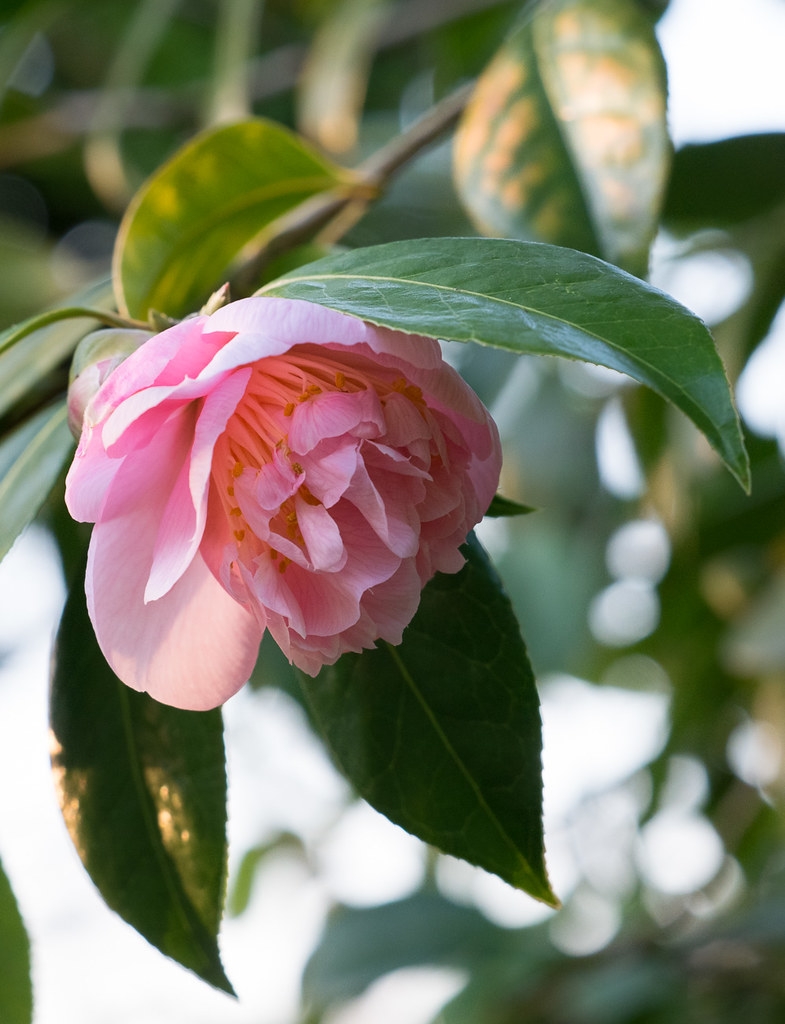
1116 15 2017_02_13 HDR 2-stack P1280042-HDR RAW 2i LR6 1300h by gardenersassistant, on Flickr
#3 Single shot, ISO 800, f/11, 1/160 sec, processed in Silkypix and Lightroom.
My first insect capture of the year.
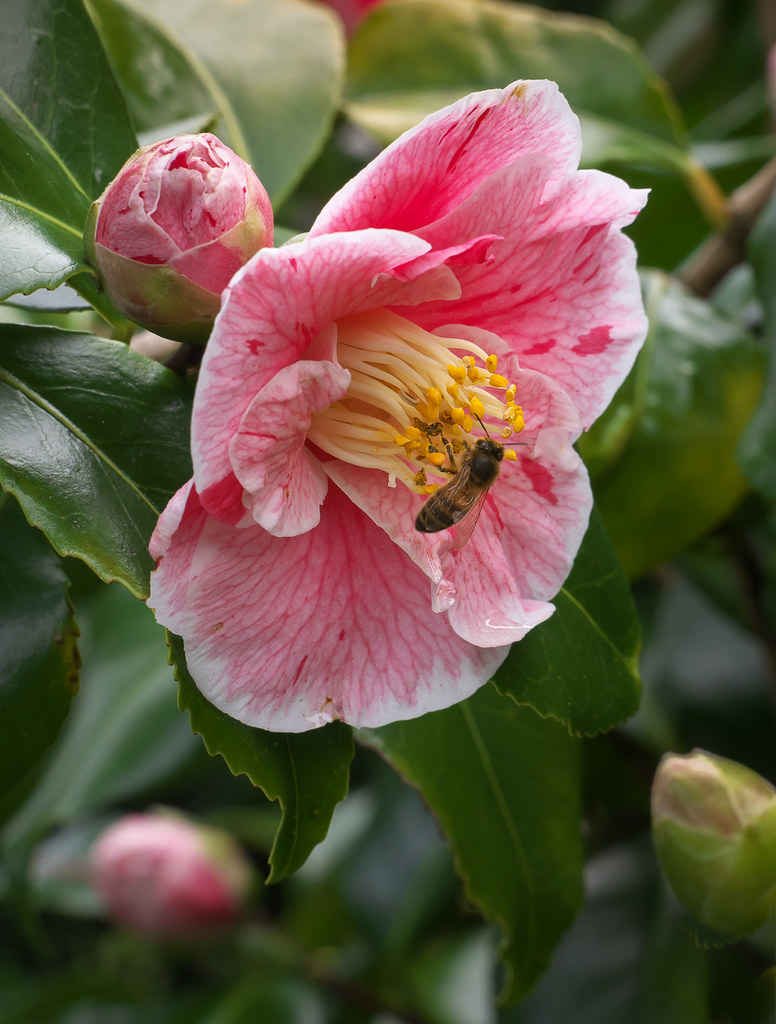
1124 03 2017_02_17 P1280793 SP7 LR6 1300h by gardenersassistant, on Flickr
#4 Single shot, ISO 200, f/10, 1/15 sec, processed in Silkypix and Lightroom.
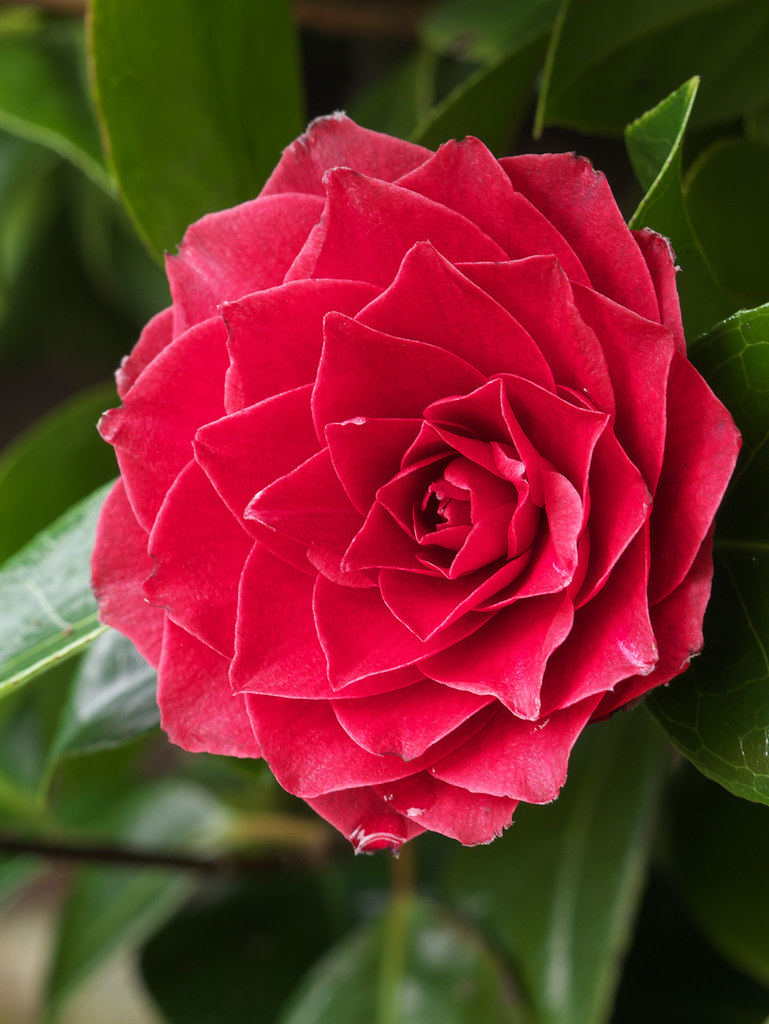
1124 06 2017_02_17 P1290097 SP7 LR6 1300h by gardenersassistant, on Flickr
#5 Single shot, ISO 400, f/5.6, 1/320 sec, processed in Silkypix and Lightroom.
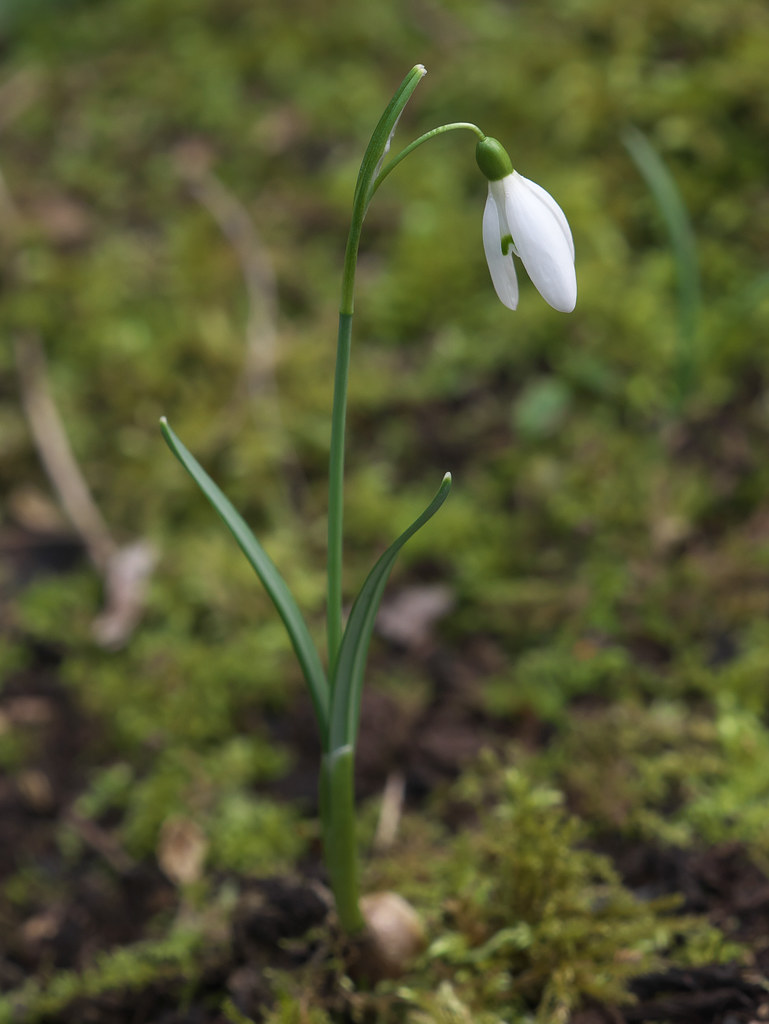
1124 09 2017_02_17 P1290318 SP7 LR6 1300h by gardenersassistant, on Flickr
The next two were captured in very poor light underneath decking on an overcast day.
#6 27 shots, ISO 1000, f/4.3, 1/40 sec, stacked in Helicon Focus and retouched from individual images in Helicon Focus, finished in Lightroom.
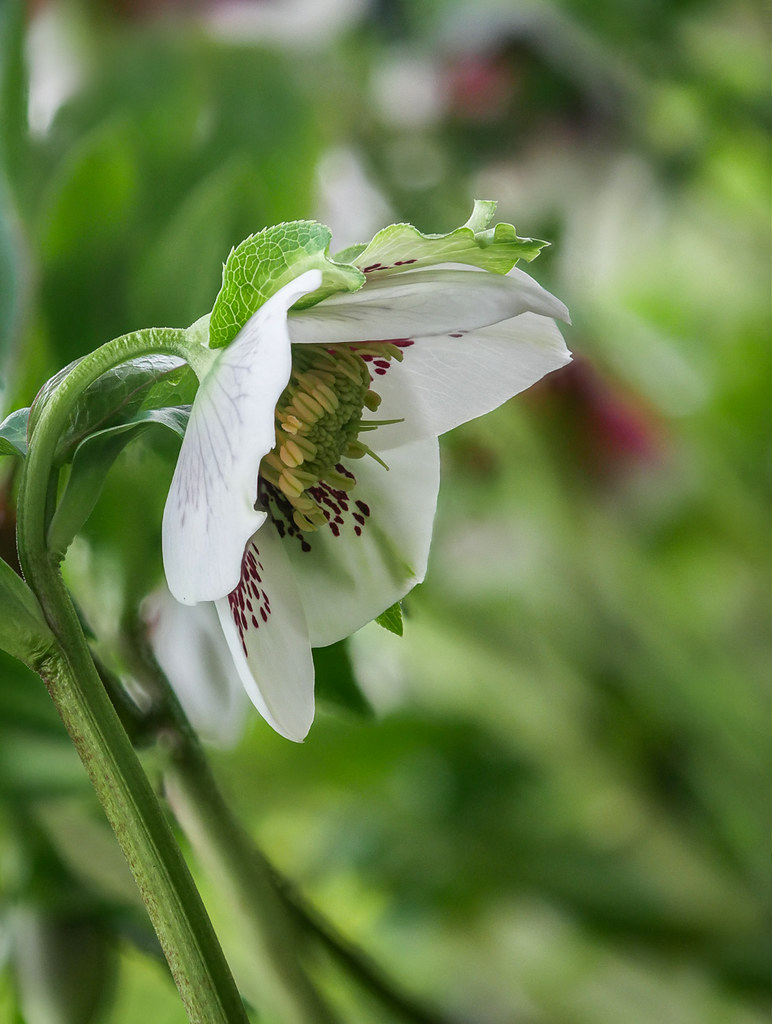
1116 27 2017_02_14 Focus stack P1280383-407 HH 27i +3 (B,5,3+i) LR6 1300h-2 by gardenersassistant, on Flickr
#7 18 shots, ISO 800, f/4, 1/40 sec, stacked using two different methods in Helicon Focus, retouched from one to the other in Helicon focus, finished in Lightroom.
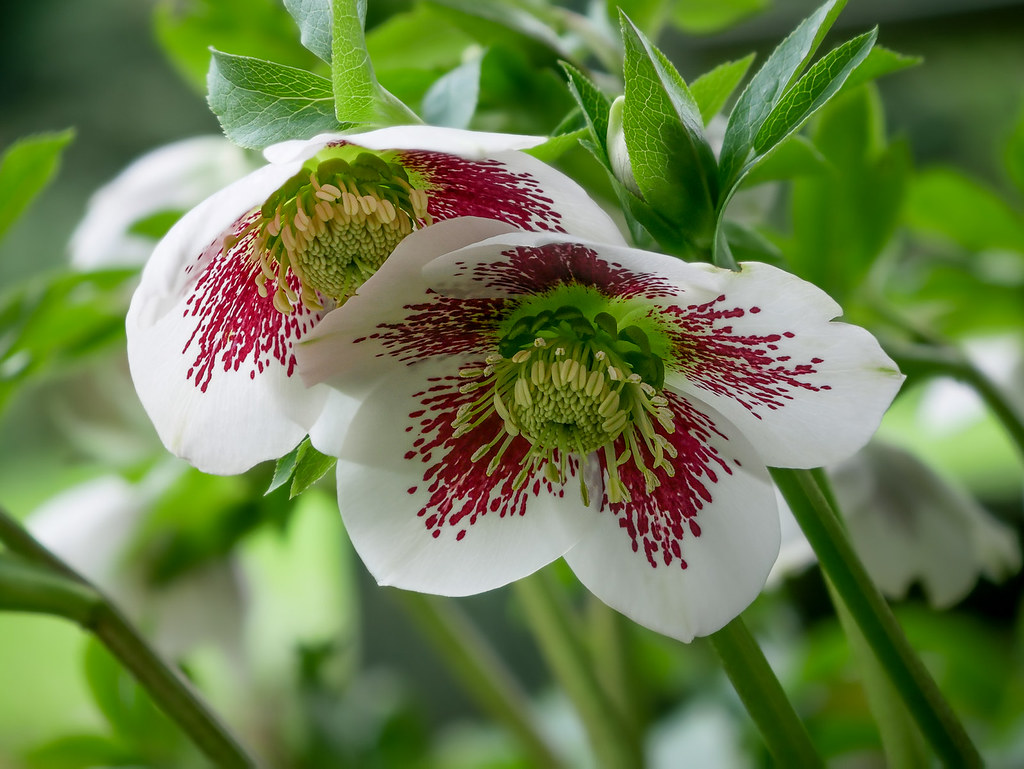
1116 28 2017_02_14 Focus stack P1280517-34 HH 18i +3 (A,R29,3+B,5,3) LR6 1300h by gardenersassistant, on Flickr
#8 Single shot, ISO 800, f/9, 1/30 sec, Processed in DXO Optics Pro, Silkypix and Lightroom.
This one was captured as part of an experiment with hand-held slow shutter speeds, using electronic shutter to try to counter the effects of shutter shock which is a significant issue with the 45-175 lens on G series cameras prior to the G80.
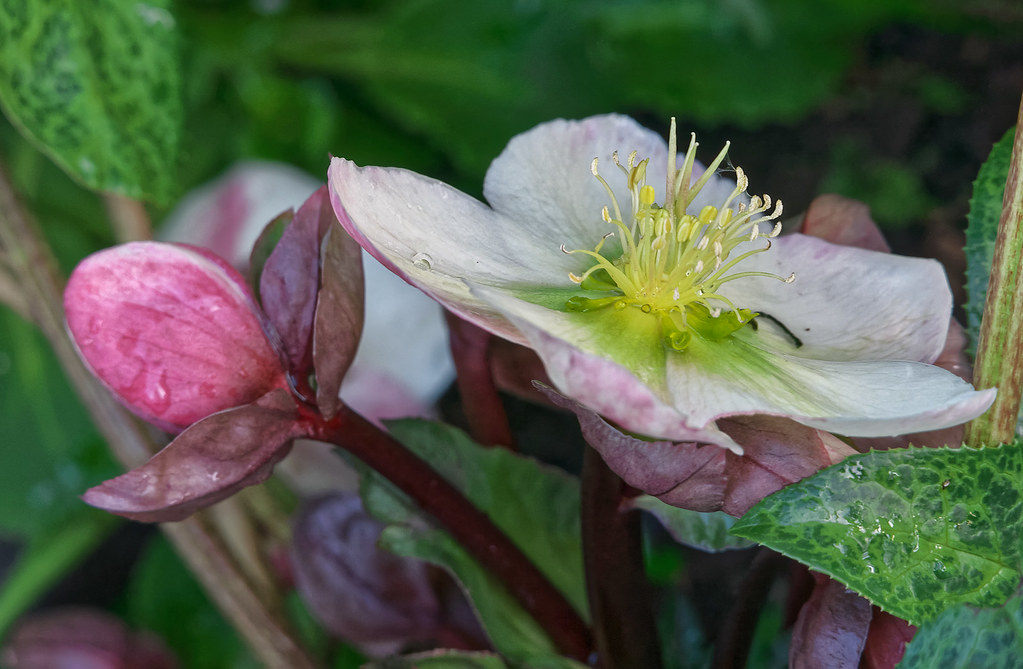
1105 12 2017_02_07 P1190488_DxO 0100RAW01cP SP7 LR6 1300h by gardenersassistant, on Flickr
The flowers were not perfect, because of the weather, but I think it's nice to see some flowers anyway. The first four are (different) camellias. The last three are (two different) hellebores.
#1 Single shot, ISO 800, f/10, 1/320 sec, processed in Silkypix and Lightroom.

1124 01 2017_02_17 P1280780 SP7 LR6 1300h by gardenersassistant, on Flickr
#2 Two shots, ISO 800, f/5.6, 1/125 and 1/250 sec, HDR merged in Lightroom

1116 15 2017_02_13 HDR 2-stack P1280042-HDR RAW 2i LR6 1300h by gardenersassistant, on Flickr
#3 Single shot, ISO 800, f/11, 1/160 sec, processed in Silkypix and Lightroom.
My first insect capture of the year.

1124 03 2017_02_17 P1280793 SP7 LR6 1300h by gardenersassistant, on Flickr
#4 Single shot, ISO 200, f/10, 1/15 sec, processed in Silkypix and Lightroom.

1124 06 2017_02_17 P1290097 SP7 LR6 1300h by gardenersassistant, on Flickr
#5 Single shot, ISO 400, f/5.6, 1/320 sec, processed in Silkypix and Lightroom.

1124 09 2017_02_17 P1290318 SP7 LR6 1300h by gardenersassistant, on Flickr
The next two were captured in very poor light underneath decking on an overcast day.
#6 27 shots, ISO 1000, f/4.3, 1/40 sec, stacked in Helicon Focus and retouched from individual images in Helicon Focus, finished in Lightroom.

1116 27 2017_02_14 Focus stack P1280383-407 HH 27i +3 (B,5,3+i) LR6 1300h-2 by gardenersassistant, on Flickr
#7 18 shots, ISO 800, f/4, 1/40 sec, stacked using two different methods in Helicon Focus, retouched from one to the other in Helicon focus, finished in Lightroom.

1116 28 2017_02_14 Focus stack P1280517-34 HH 18i +3 (A,R29,3+B,5,3) LR6 1300h by gardenersassistant, on Flickr
#8 Single shot, ISO 800, f/9, 1/30 sec, Processed in DXO Optics Pro, Silkypix and Lightroom.
This one was captured as part of an experiment with hand-held slow shutter speeds, using electronic shutter to try to counter the effects of shutter shock which is a significant issue with the 45-175 lens on G series cameras prior to the G80.

1105 12 2017_02_07 P1190488_DxO 0100RAW01cP SP7 LR6 1300h by gardenersassistant, on Flickr
Last edited:



